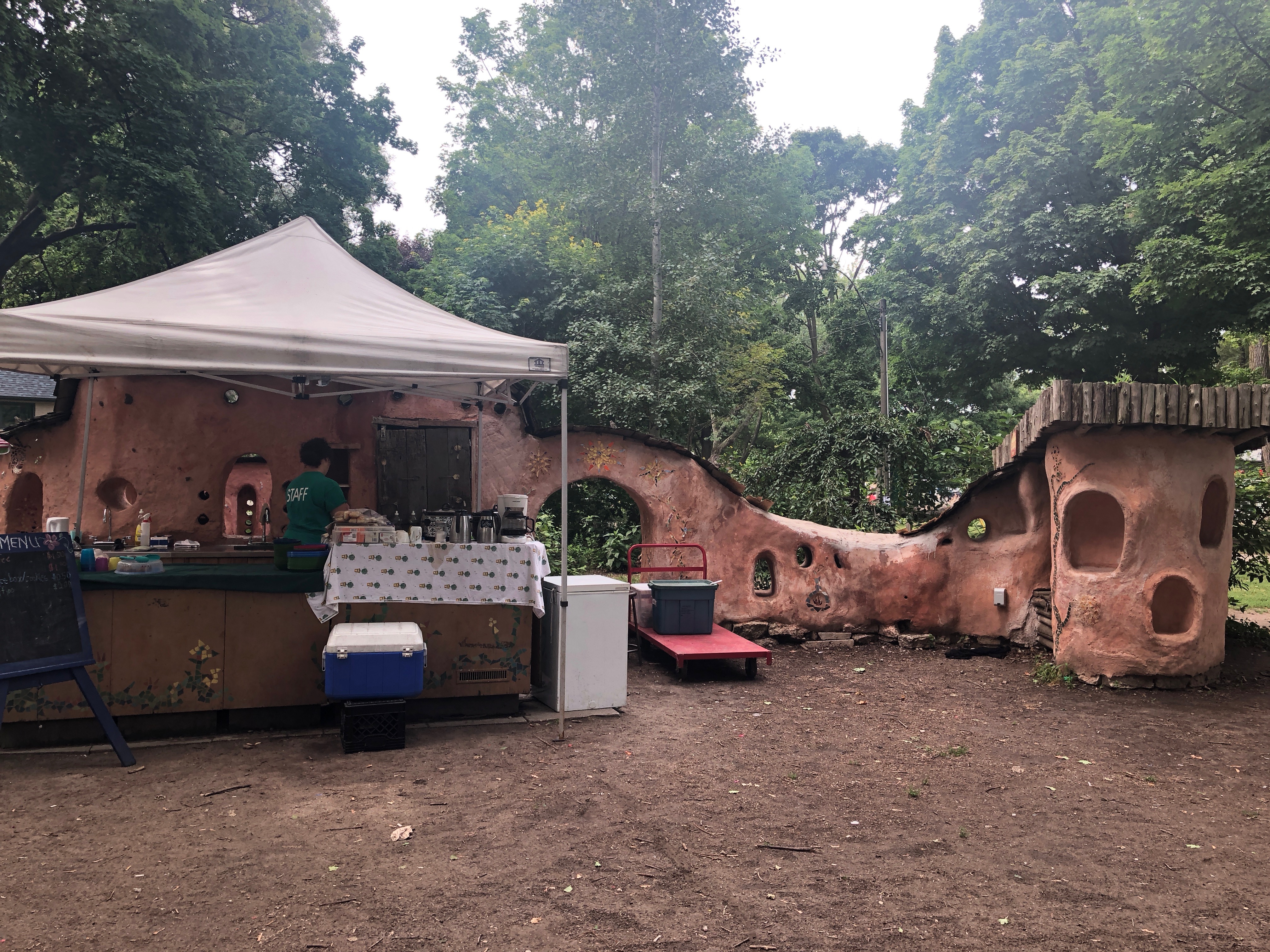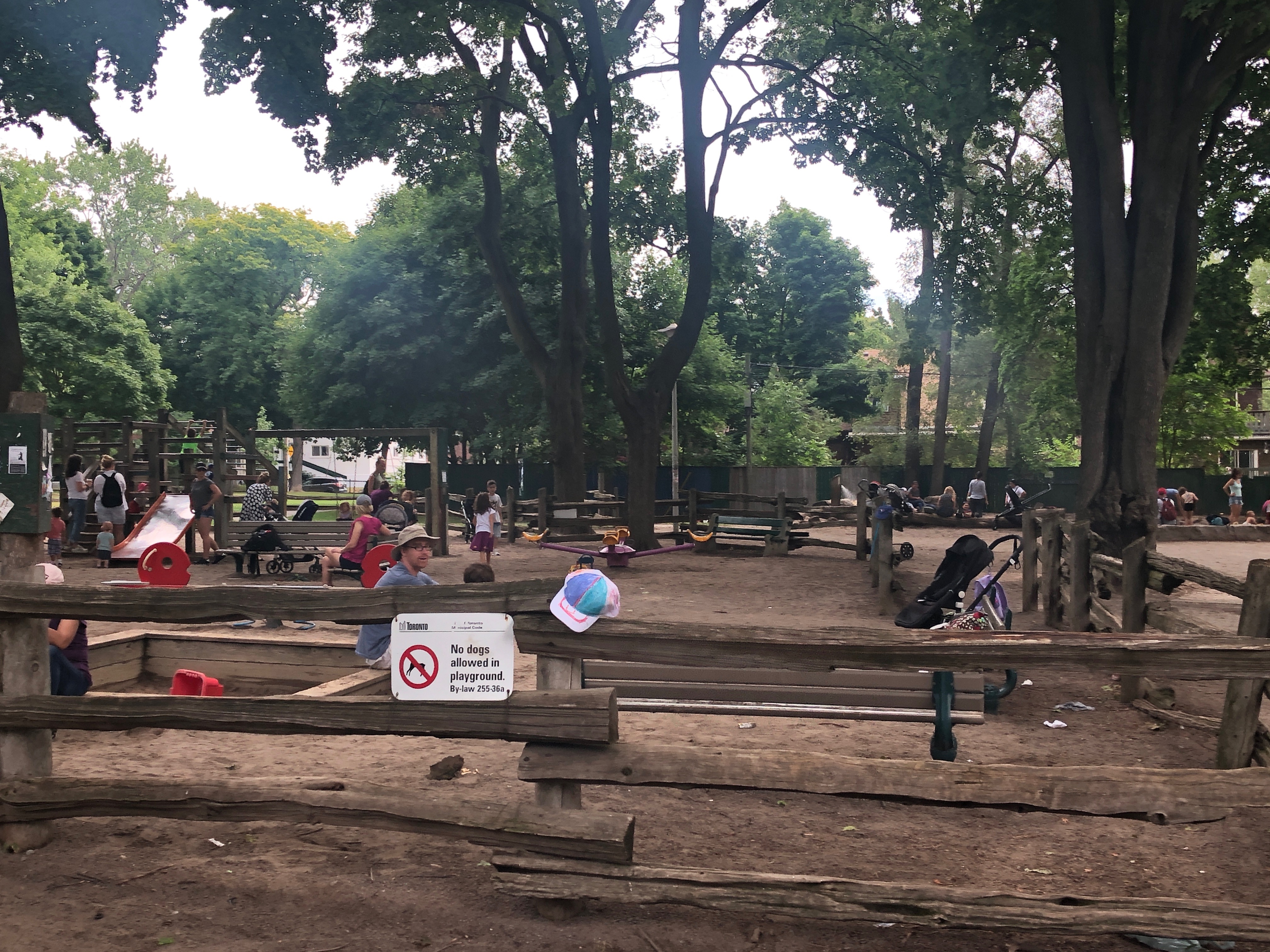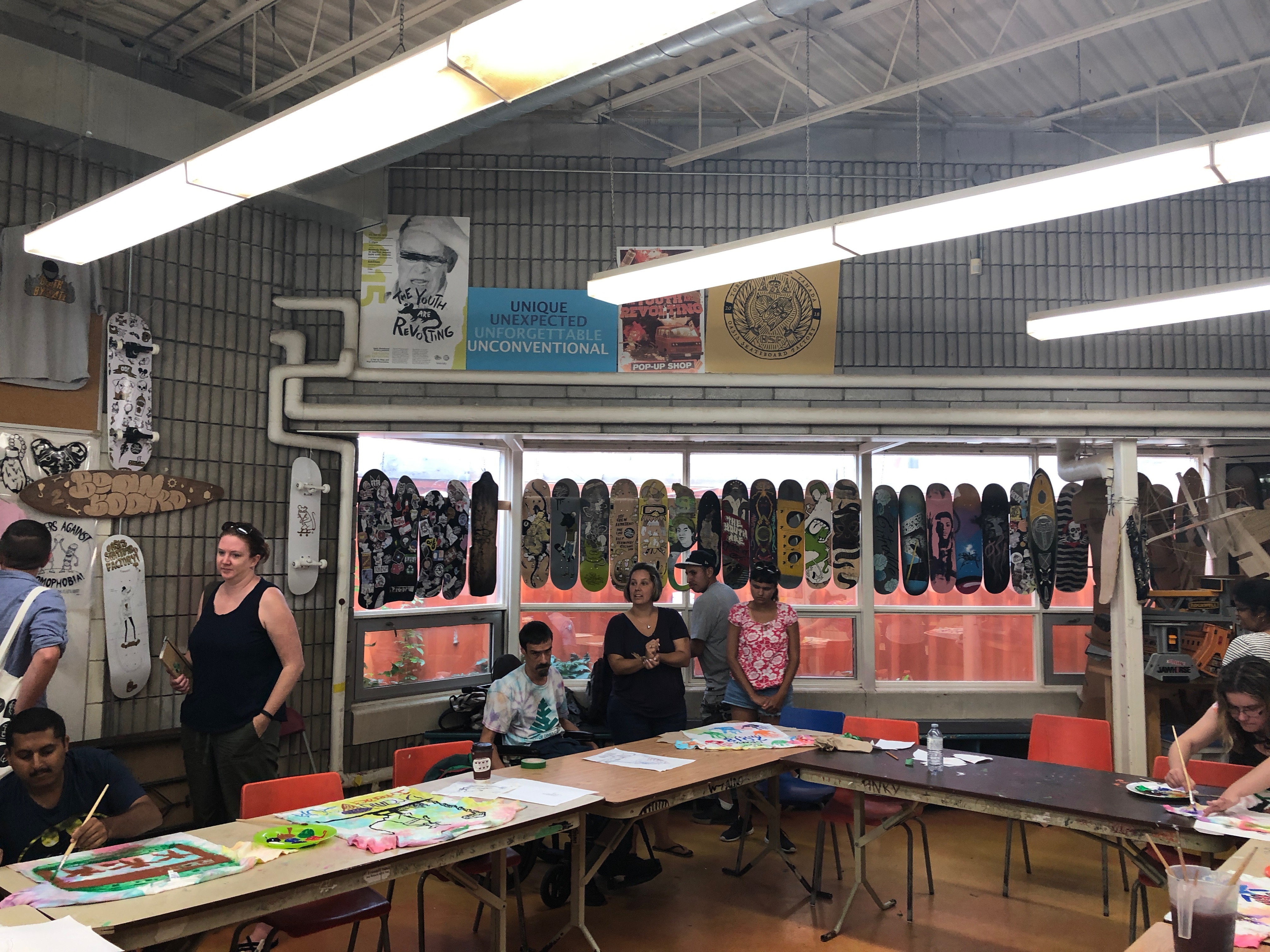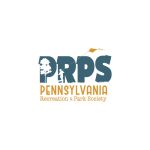From Toronto With Love: lessons learned from visiting Toronto’s recreation and community centers
Those of us who are concerned with better resident engagement with our neighborhood community recreation centers could learn plenty by visiting Toronto, as I recently have. As a member of an exploration group participating in Civic Commons Learning Journey: Toronto, I was afforded a first-hand look at the operations of many of Toronto’s public libraries, community housing units - and perhaps most important, its public spaces and community recreation centers. Our tour took us to all points in Toronto - from its more affluent neighborhoods to its more hard-scrabble, working class areas. What stood out during each stop was that community members and neighbors, by and large, took sincere ownership of their parks and centers. Centers were nearly blight-free, and most parks were fulfilling the promise of being bustling centers of communal activity. When I asked a center director why the community takes to the center the way it does, I was told that many of the neighbors are immigrants, and have embraced the center not only for its recreational properties, but for the essential programming, including ESL classes and other crucial immigrant services. Most of the services are provided for free, and those participating in the various programs usually donate their own time, effort and other resources to support their center. The idea that we can turn our local centers into more of a one-stop hub where community members can receive an assortment of services should be a priority as the city embarks on the Rebuild Initiative. Another story of communal support unfolded when our group visited Regent Park, a wholly redeveloped neighborhood in downtown Toronto. Developers and community leaders there have gone through great lengths to blur the distinction between the more well off residents and working-class ones. There, a new community center arts bank supports the community’s burgeoning creative arts industry, literally providing an avenue through which Regent Park artists can be properly compensated for their talents. I believe that this sort of neighborhood involvement can flourish locally, if given the proper attention, time and resources. For example, during our visit to Dufferin Grove Park in West Toronto, we witnessed public usages that, if scaled properly, could work locally. Most parks that our group visited housed reconfigured metal shipping containers that housed “Park Cafes.” These cafes sit on recreation center grounds, and are open during the hours the park is open, and provide prepared and cooked foods and snacks to all those who use the park. One such cafe sits inside Thorncliffe Park and is operated by the Thorncliffe Park Women’s Committee. All of these cafes employ members of the community, and a portion of the proceeds are folded back into the operations of the park. The implementation of more diverse programming could lead to community engagement while also creating revenue streams for our recreations centers. It’s worth a try. [caption id="attachment_468" align="alignnone" width="4032"]
 "The Cob," an open-air cafe situated in the heart of Dufferin Grove Park.[/caption]
[caption id="attachment_472" align="alignnone" width="4032"]
"The Cob," an open-air cafe situated in the heart of Dufferin Grove Park.[/caption]
[caption id="attachment_472" align="alignnone" width="4032"] The play area at Dufferin Grove Park. Note this is mid-morning activity.[/caption]
[caption id="attachment_469" align="alignnone" width="4032"]
The play area at Dufferin Grove Park. Note this is mid-morning activity.[/caption]
[caption id="attachment_469" align="alignnone" width="4032"] The skateboard creation program at Scadding Court Community Centre. There, local youth earn certificates in graphic design and screen printing, as they create one-of-a-kind skateboards, which they in turn sell to the local community.[/caption]
The skateboard creation program at Scadding Court Community Centre. There, local youth earn certificates in graphic design and screen printing, as they create one-of-a-kind skateboards, which they in turn sell to the local community.[/caption]
